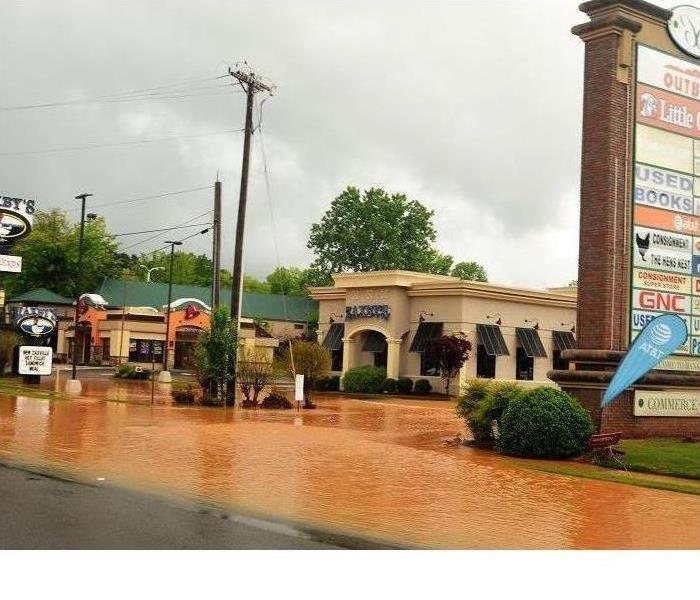Navigating the Waters: What to Know About Water Damages
5/1/2024 (Permalink)
Water, essential for life, can also be a source of significant damage when it infiltrates places it shouldn't. From burst pipes to natural disasters, water damage can wreak havoc on homes, businesses, and infrastructure. Understanding the nuances of water damage is crucial for prevention, mitigation, and recovery. In this blog, we'll delve into what you need to know about water damages.
Types of Water Damage
Understanding the types of water damage helps in assessing the severity of the situation and determining appropriate mitigation measures:
Clean Water (Category 1): Water from a clean source like a broken water supply line, faucet, or rainfall. While initially safe, it can become contaminated if left untreated.
Gray Water (Category 2): Slightly contaminated water from sources like dishwashers, washing machines, or clean toilets with urine. Exposure can cause discomfort or sickness.
Black Water (Category 3): Highly contaminated water containing bacteria, sewage, and other toxins from sources like sewage backups, flooding from rivers or streams, or stagnant water. Contact can lead to severe illness or even death.
Immediate Actions After Water Damage
Prompt action is crucial to minimize the impact of water damage:
Ensure Safety: Before entering a water-damaged area, ensure it's safe to do so. Turn off electricity and gas if necessary, and be cautious of structural damage.
Mitigate Further Damage: Stop the water source if possible and remove excess water using pumps, wet-dry vacuums, or towels. Promptly drying affected areas helps prevent mold growth and structural weakening.
Document the Damage: Take photographs or videos of the water damage for insurance claims. Keep records of all communication with insurance companies and restoration professionals.
Restoration and Recovery
Restoring a property after water damage involves several steps:
Assessment: Professional restoration experts assess the extent of the damage and develop a comprehensive restoration plan.
Water Extraction and Drying: Utilizing industrial-grade equipment, water is extracted, and affected areas are thoroughly dried to prevent mold growth and further damage.
Cleanup and Sanitization: Cleaning and disinfecting surfaces and belongings ensure the removal of contaminants and promote a healthy indoor environment.
Repairs and Reconstruction: Structural repairs, including replacing damaged drywall, flooring, or insulation, are conducted to restore the property to its pre-damaged condition.
Prevention Strategies
While some water damage incidents are unavoidable, implementing preventive measures can reduce the risk:
Regular Maintenance: Inspect plumbing systems, appliances, and roofing regularly for leaks or signs of deterioration.
Proper Drainage: Ensure gutters and downspouts are clear of debris to prevent water buildup around the foundation.
Temperature Control: Keep indoor temperatures consistent to prevent pipes from freezing and bursting in cold weather.
Sump Pump Installation: Install a sump pump in basements or areas prone to flooding to mitigate water damage during heavy rainfall.
Water damage can be a devastating experience, but with knowledge, preparedness, and swift action, its impact can be minimized. Understanding the types and causes of water damage, along with implementing preventive measures, is crucial for protecting homes, businesses, and communities against its destructive force. Remember, when it comes to water damage, time is of the essence—acting swiftly can make all the difference in mitigating losses and expediting recovery.






 24/7 Emergency Service
24/7 Emergency Service